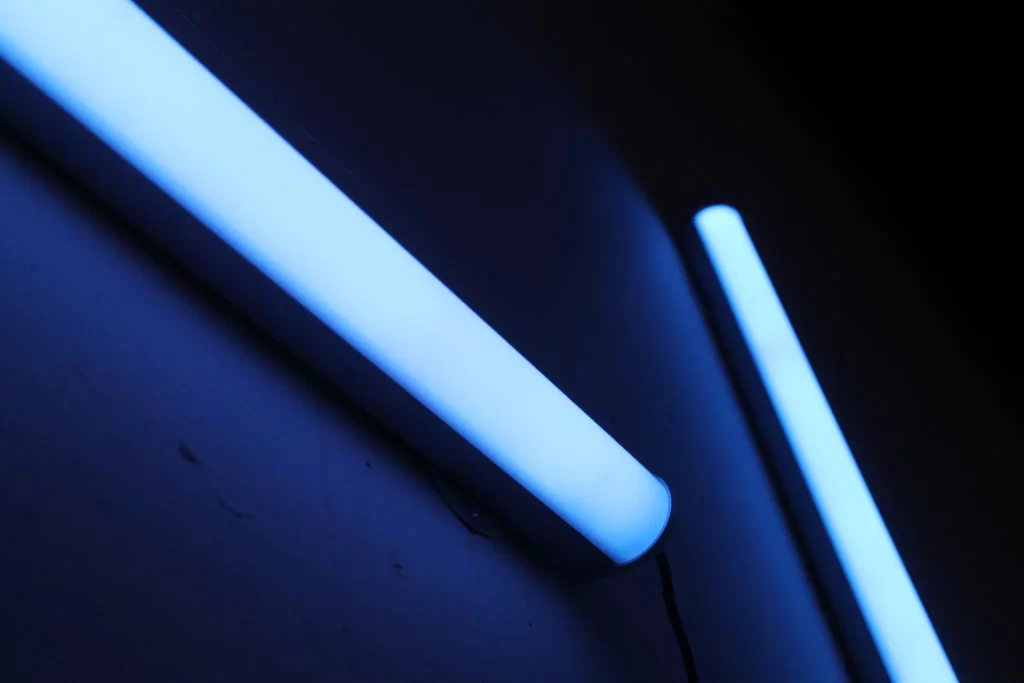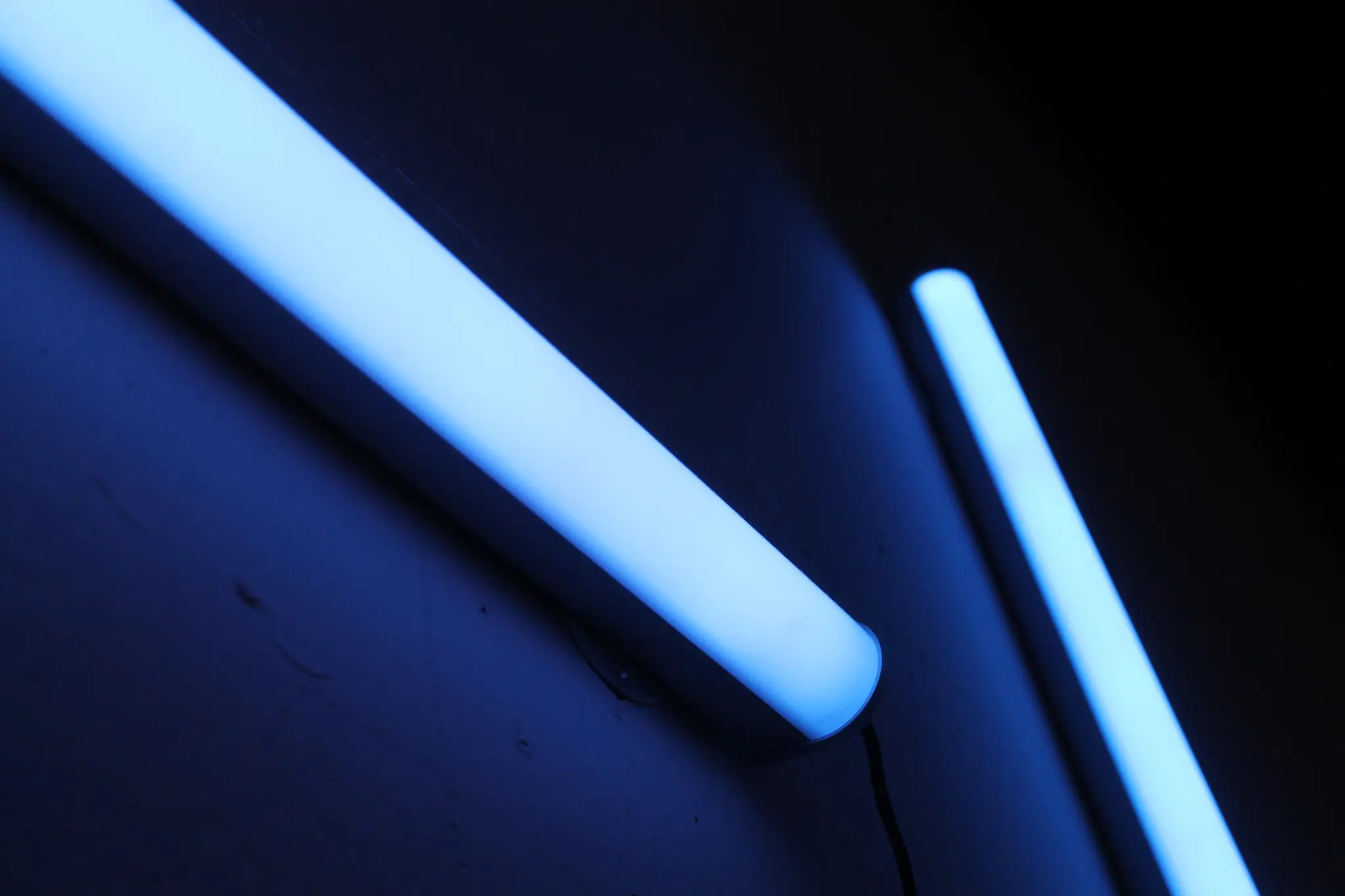7 Things You Should Know about LED Modules

7 Things You Should Know about LED Modules

Photo by Rich Smith from Unsplash
Whether you are an LED module buyer for a big lighting company, a small business owner developing your own lighting fixtures, or a stay-at-home mom buying LED lights for your home, there are key features that you should know when buying LEDs.
As a small business based in Newbury Park, California (just shy of an hour outside of LA), World Class Illumination takes pride in delivering high-quality custom LED boards to create incredible LED lighting fixtures, from large-scale architectural lighting projects to home centered outdoor landscape lighting. LED lighting is the lighting of the future, and we are proud to be a part of this growing industry for the last 20+ years!
3 quick points about LED Lighting:
- They are much better for the environment.
- They have a long lasting lifespan/warranty.
- They can save on compounded electrical expenses year-after-year.
However, we have found that there is much less awareness on what actually makes a high-quality LED and how these factors can not only create 1) more bang for your buck but 2) a better lighting look and design for an overall difference in the aesthetics and construction of the light.
Our engineers at WCI want to ensure our customers, and all folks reading this, are well informed on 7 key criteria for a powerful LED product. Our goal is to ensure that LEDs and the LED industry advance in prioritizing high-quality over price and other factors that affect the overall product quality, as well as, consumers’ longterm trust and reliability in LED products.
Due to complexity of the engineering process and LED features, lighting companies may not even know they are sacrificing the most premium, long-lasting, and brightest LEDs available for their company’s lighting products! However, small tweaks can exponentially increase the LEDs life, warranty, functional capabilities, and overall look and aesthetic, resulting in less hassle, better products, and more customers as an end result.
Here are the Top 7 Most Important Qualities You Should Know about LED Modules in Your Lighting Products:
For the Most Suitable and Sustainable LED Lighting Fixtures for Your Large Scale Project or Home/ Commercial Use:
1) CRI
One of the most important aspects when choosing LED’s is the CRI, which stands for Color Rendering Index. It measures light on a scale of 1 to 100, 1 being the worst and 100 being the best. And what the Color rendering index measures is how it affects the appearance of color to the human eye. For example when you catch sunlight in a prism, a rainbow appears. The sunlight is a mix of all of these colors making the white light. The sunlight is the perfect example. The colors that we see outside, the green in the trees and grass, the blue from our rivers and oceans. These colors are so crisp and perfect. But when it comes to indoor lighting, it’s different.
In indoor lighting, some lights might have more red in them, or some might have more blue; therefore they affect the way we see colors in our home. That beautiful painting might look more dull inside then you thought it would, or the plants don’t seem so vibrant. The best way to a more lively, and comfortable home is to invest in lighting that has a high CRI. That way the colors that you chose to present in your home or in your lighting product are more vibrant and pleasing, making you happier overall. With that in mind you want to choose lights that have a score of at least 80, but the higher the better!
2) Color Temperature
Next is color temperature. LEDs come in a variety of color temperatures, from the softer yellow-ish color of most incandescent bulbs (2700K ) to more of bluish-white of a fluorescent shop light (6000K). In your home it is recommended to have the amount of 2700K or 3000K. The brightest LEDs may only be available in higher color temperatures. Color temperature is important because it can affect the mood of the room. More warmer colored lights towards the lesser end of the spectrum is recommended for households, to give them that warm cozy feel. Whereas lights towards the bigger end of the spectrum will be brighter and whiter – these are good for office spaces where productivity thrives. So depending on what kind of mood you are trying to elicit, it’s important to consider the color temperature of the lighting you are choosing. Below is a color temperature chart for more clear breakdown.

Source: Lightopedia, Figure 1. Correlated Color Temperature: Warm or Cool
3) Lumens
The amount of lumens is the amount of light being produced, therefore more lumens equals more light and more light is more bang for your buck! Fewers lumens means a dimmer look. However, it is common to create a high lumen product and use a dimmer lighting system to give customers a customizable and versatile option. Another note is that many lights might have their wattage equivalent on there, but stick with lumens for the best indicator of how much light it will produce. The amount of wattage does not determine the amount of light produced and actually varies between wattages. Below is a chart with an estimate of common incandescent bulbs to the number of lumens in LED lights.

Source: Lightopedia, Figure 2. Lumens (Brightness) to Incandescent Light Bulb Watts
4) Standardization
It’s important to invest in one brand or type of lightbulb and use it throughout your household or business. Standardizing your lightbulb can ensure the same quality in every room, whereas different brands and different lights can disrupt the moods and colors you have in your house. It also makes finding replacements a lot easier. This is important for not only homeowners but also interior designers, lighting architects, and ecommerce lighting shops. When purchasing LED products or placing lights in a space, the mismatch of brands can have different qualities with the points listed above (color temperature, Lumens, and CRI), which can look aesthetically the same on the outside but incohesive in the lighting quality/brightness itself. For example, all your light fixtures may have a glass casing and brass fixtures, yet the color temperatures and brightness may not match the other if the above lighting components differ. You don’t want your lighting products to look of lesser quality in comparison to its competitors!
5) Warranty
Most LED bulbs will last you many years, up to 10 years if it has been made correctly, coated with protective sealing, and additional features that can increase lifespan and efficiency. A small percentage can, and usually, fail in the first year (this can be avoided if the LED board manufacturer UL tests the product). By having a warranty, you ensure that you get a replacement that matches all the other bulbs and lasts for its full potential. If you are a consumer, you can expect to find that the model bulbs you bought and installed may no longer be in production, and/or replaced by a different model, by the time most of them burn out. It’s frustrating to try and find a different bulb or brand that has the same effect and happens with a lot of things these days, not just light bulbs. Having a warranty in place ensures less stress in finding another product and sticking to the company’s products you love!
6) Heat
LED bulbs aren’t heat free. Although LEDs use a fraction of the energy of an incandescent bulb, they still generate heat that it needs to be able to escape so the bulb doesn’t overheat and shut down. For most A-shaped bulb fixtures, you should be fine switching to LEDs. Brighter LED bulbs might have cooling fins and will need access to some sort of ventilation, so it’s important to not seal them up. It’s important to remember this because overheating could be a safety hazard and the safety of your home and loved ones is always a number one priority! If you manufacture LED lighting products this is also important to know, in order to avoid faulty products and lighting fixtures that support the LED module. We love to help our customers create the custom LED board that fits their lighting fixture and casting, that protects the LEDs from overheating.
7) The Chip
You get what you pay for! Top brands like Cree and Fiet generally make better bulbs, with the proper design and quality control, than many but not all, no-name (usually Chinese manufactured) brands. Those companies usually translate into fewer premature bulb failures, longer life, and better CRI. The main brands don’t always necessarily make bulbs in all specialty shapes and outputs. Meaning, for unusual bulbs your choice may be limited. But spend your money wisely on good bulbs that will give you quality light for a long period of time. This starts with the chip so do not overlook this key component!
We hope this article brought some clarity on your next lighting product or project. For larger scale projects please do not hesitate to contact us, WCI (World Class Electronics) for custom LED modules in the industries of architectural lighting, agricultural lighting, outdoor lighting, landscape lighting, and more.
Email: sales@wcico.com
Phone number: (805)499-9513 Ext 105